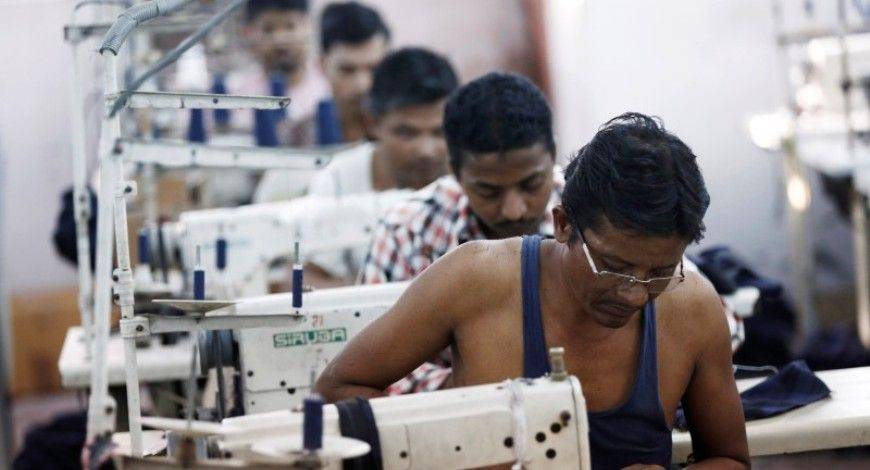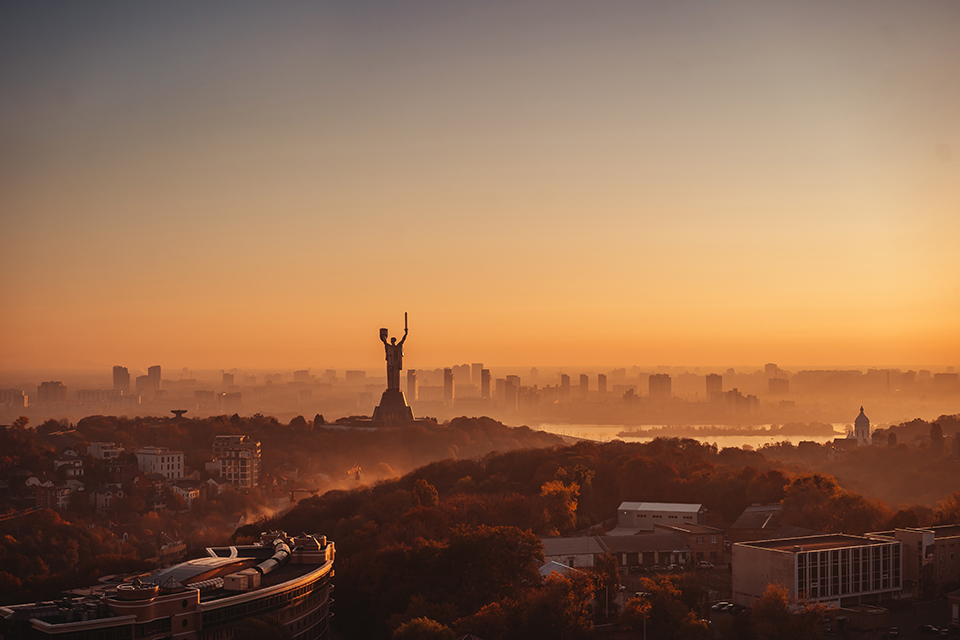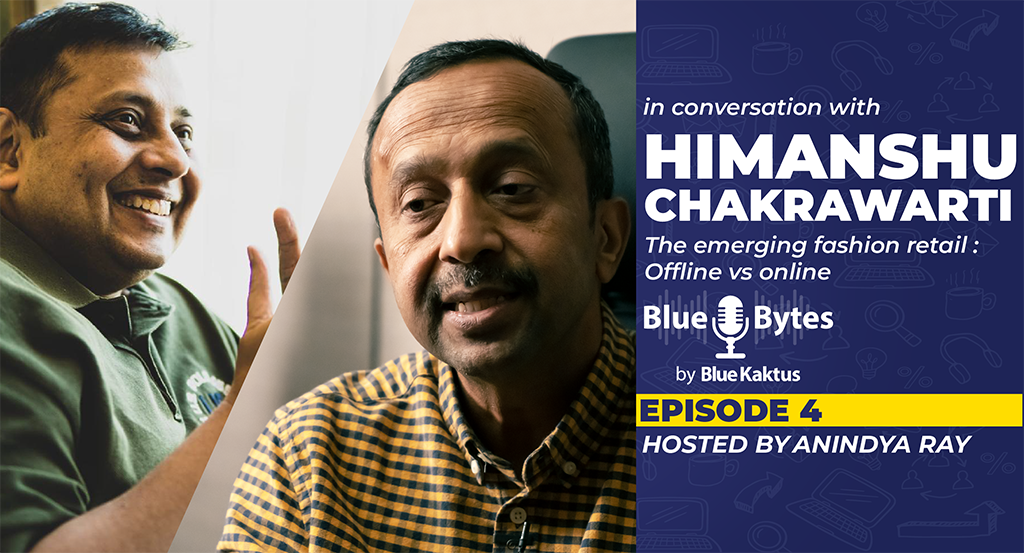Clothes are the spoils of financial success that we wear on our backs.
We all love fashion. We love how clothes can make us feel, and how they are a tool of self-expression. They are our message to the world about who we are. Our clothes say a lot about us, but we do not know all that much about our clothes.
In offices, they call it power dressing or business casuals or dressing for success. The invitations tell us to gussy up in cocktail party finery or unleash our imagination with creative black tie. We buy something new because we have tickets to the theatre or a concert. We hunker down in front of a television with a bowl of popcorn and become armchair critics as we watch a parade of fashionable-or not-celebrities on an award show red carpet.

It takes a lot to make a garment. Not just the bits we hear about – the designers, the brands, the shops, the catwalk shows, and the parties – but also the cotton farmers, the ginners, spinners, weavers, dyers, sewers, and other factory workers who make the clothes we love. But the people who make our clothes are hidden. And the sad part is we do not know who makes our clothes, we cannot be sure that they were made in a fair, clean and safe way or what is the impact on the health of a worker in the factory.
The retailers do not care. They do not care for mother earth nor the health of the poor worker. Their attitude is one of protecting only shareholder value without any regard for the garment worker, behaving hypocritically, showing complete disregard to their ethos of responsible sourcing.
The consequences are far-reaching. Many factories are in low wage countries where workers may live on the brink of destitution. Workers have to make a trade-off between earning a living and caring for their health.

Many unskilled laborers from rural locations work in this sector.
The common jobs handled by them are sewing, ironing, packing, and lifting heavy loads which are monotonous, continuous, and prolonged. Working for a long period without rest, the absence of personal protective equipment, and inadequate provision of ergonomic facilities at the workplace leads to major health related issues.
The workers in the garment factories are mainly exposed to prolonged sitting, prolonged standing, highly repetitive work, lifting of heavy objects, working with their hands lifted to shoulder level or even higher, and working with their back twisted or bent forward, that have been shown to predict impaired workability and enhance long-term sickness.
The most common health hazards are respiratory problems, cardiovascular diseases, gastrointestinal diseases, gynecological diseases, and neurological, musculoskeletal, and nutritional problems.
The workers in the garment factories are exposed to work that requires high concentration such as cutting, stitching and finishing which causes headache and visual discomfort. The workers also receive low income to survive and spend a majority of their time in the factory. They find it difficult to buy the required calories and to cook food. For this reason, they choose to take unhygienic food which causes various types of health problems like food poisoning, diarrhea, gastric pain, malnutrition, abdominal pain, etc.
We need to find new ways to make the clothes we love, without it costing the earth or the health of a worker.
It is the duty of all the players in the chain to understand that the clothes we buy do not come at the cost of people or the planet.
Right now, manufacturing clothes uses up massive amounts of water, energy, and land. And sadly, so much of our clothing ends up in the landfill.
RELATED TOPICS:#Apparel,Sanjay Lal
Leave a comment
Our email address will not be published. Required fields are marked *







79 Comments
BogdanmvtApr 23, 2024 at 10:58 am
MarinazmtJan 17, 2024 at 21:37 pm
AndreastcaSep 30, 2023 at 16:14 pm
IgorbbpFeb 26, 2023 at 14:23 pm
Ukraine
RobtmdJan 25, 2023 at 21:13 pm
Novost
RobntuJan 20, 2023 at 17:25 pm
Novost
RobslaJan 13, 2023 at 09:04 am
Novost
ViktorirnuJan 11, 2023 at 23:23 pm
Cinema
VikitgrJan 10, 2023 at 14:09 pm
urenrjrjkvnm
IlushikikhJan 06, 2023 at 01:15 am
AgrohimjhuJan 05, 2023 at 01:50 am
VikipckJan 04, 2023 at 19:22 pm
urenrjrjkvnm
IlushikgioJan 04, 2023 at 06:32 am
EldarjayJan 03, 2023 at 22:12 pm
coin
VikiwzfJan 02, 2023 at 17:00 pm
urenrjrjkvnm
IlushikvvtJan 01, 2023 at 14:42 pm
EldariphDec 31, 2022 at 16:36 pm
coin
DavidqarDec 29, 2022 at 20:38 pm
coin
EldarrkuDec 29, 2022 at 13:15 pm
coin
DavidriwDec 28, 2022 at 17:42 pm
coin
VeronaioaDec 25, 2022 at 23:38 pm
urenrjrjkvnm
VeronajtgDec 22, 2022 at 21:05 pm
urenrjrjkvnm
EvatcxDec 17, 2022 at 20:32 pm
Med
IringslDec 14, 2022 at 21:30 pm
urenrjrjkvnm
EvaktwDec 12, 2022 at 18:21 pm
Med
IrinvoeDec 09, 2022 at 00:22 am
urenrjrjkvnm
IrinwvaDec 03, 2022 at 19:29 pm
urenrjrjkvnm
EvaufmDec 01, 2022 at 12:59 pm
Med
IrinrwgNov 23, 2022 at 05:33 am
urenrjrjkvnm
LeonhmpNov 15, 2022 at 17:22 pm
urenrjrjkvnm
LeonnanNov 15, 2022 at 03:52 am
urenrjrjkvnm
SvetlanahosNov 11, 2022 at 05:15 am
urenrjrjkvnm
SvetlanagtoNov 10, 2022 at 23:16 pm
urenrjrjkvnm
VeronauqrNov 10, 2022 at 05:12 am
Life
IgorcygNov 09, 2022 at 03:52 am
Ukraine
SvetlfhbNov 09, 2022 at 02:28 am
Novyny
IgorueuNov 07, 2022 at 15:03 pm
Ukraine
SvetlgjhNov 07, 2022 at 13:59 pm
Novyny
SvetlvpuNov 06, 2022 at 07:33 am
Novyny
RobzdzNov 06, 2022 at 00:13 am
Novost
IgorxkhNov 05, 2022 at 16:46 pm
Ukraine
SvetlwuaNov 05, 2022 at 14:32 pm
Novyny
VikioazNov 05, 2022 at 00:21 am
urenrjrjkvnm
EldarvkcNov 04, 2022 at 06:05 am
coin
VikiaxfNov 03, 2022 at 12:17 pm
urenrjrjkvnm
ViktorimurNov 03, 2022 at 11:52 am
Cinema
VikiojdNov 03, 2022 at 02:53 am
urenrjrjkvnm
EldarwdrNov 02, 2022 at 17:08 pm
coin
EvavlfNov 02, 2022 at 08:26 am
Med
EvaywsNov 01, 2022 at 22:59 pm
Med
IlushikidxNov 01, 2022 at 08:19 am
DavidxmeOct 30, 2022 at 20:37 pm
coin
IriniseOct 29, 2022 at 14:33 pm
urenrjrjkvnm
SerzfaoOct 28, 2022 at 13:39 pm
coin
VeronayohOct 26, 2022 at 20:05 pm
urenrjrjkvnm
MichaillggOct 25, 2022 at 20:39 pm
SerglkgOct 24, 2022 at 11:13 am
Novost
SergxcbOct 23, 2022 at 14:05 pm
Novost
JulijltOct 23, 2022 at 05:08 am
JulinfxOct 21, 2022 at 23:15 pm
MichailtmxOct 21, 2022 at 10:24 am
JulikhaOct 21, 2022 at 01:53 am
MichailbpxOct 20, 2022 at 17:42 pm
LeonzxdOct 20, 2022 at 12:50 pm
urenrjrjkvnm
LeonnxmOct 20, 2022 at 02:16 am
urenrjrjkvnm
LeonblzOct 19, 2022 at 16:54 pm
urenrjrjkvnm
MarinayraOct 19, 2022 at 01:34 am
SvetlotxOct 12, 2022 at 16:34 pm
Novyny
AndreasvbiOct 11, 2022 at 17:40 pm
AndreasgmdOct 11, 2022 at 09:49 am
SvetlckaOct 11, 2022 at 03:12 am
Novyny
Pramod KrishnaDec 29, 2020 at 17:56 pm
Mr Lal You have exposed all the concerns and very well scripted the problems of poor labour working day and night in the garment industry.I have personally seen their poor conditions very closely in BHADOHI (Varanasi) and Srinagar (Kashmir)Their most famous mesmerising Pretty looking Silk-Garments are made in such an unhealthy atmosphere and by undernourished weavers we can’t imagine. Some mothers were stiching and at the same time their little kids were crying. You have unearthed a great inhuman behaviour going on in the industry. I have seen many workers infected with TB and other very infectious diseases, but they are forced to work for their petty daily wages. Already you have written so much about them. Thanks to your valuable research, hope our garment industry and we users will understand the reality and admire our UNSUNG WEAK-HUNGRY WORKERS, who are the backbone our so-called glamorous dresses.
Ritu BhariokDec 28, 2020 at 18:41 pm
It’s an ERA of excess and exploitation of every possible resources.No doubt, we only are hypocrites and pretend as most modest and simple human being .Labou laws are so week and above that implementation is absolutely zero. It’s a sad affair and we all are aware of it but don’t won’t to do anything for them . Our comfort is above everything, that’s what is the root cause of all problems.
Aarti soodDec 28, 2020 at 15:43 pm
It is not only d fashion industry alone..labour class all over r facing d same situation..and unfortunately v all r contributing to d same..knowingly/ unknowingly..d current pandemic has taught us compassion and gratitude..let us all resolve to do our bit..as they say..each drop makes an ocean.Thnx Sanjay..for making us aware of d current situation..very well written & researched article..God bless..
Aarti soodDec 28, 2020 at 09:11 am
If u look at d bigger picture..it is not only in d fashion industry..but d plight of d labour class overall is pathetic..somewhere down d line..I think v all r also responsible in our own way..d pandemic has definitely taught us to b more compassionate in our approach..this new year let us all resolve to b more humane and show more gratitude..thanx sanjay for bringing this issue to limelight..God bless..
BinduDec 27, 2020 at 15:04 pm
The first part of the article is thought provoking......from roti ,kapada ,makaan being primary needs, the kapada or clothes have become a fashion statement. And no thought goes to all the hard work behind the clothes that we wear. True, right from farmers many have toiled to get the final product. Lets all be more aware and less fancy. Thanks for bringing such useful insights
Anurag PrasharDec 26, 2020 at 16:39 pm
Very insightful article Sanjay. Somehow we all are contributing to the widening rich-poor divide.
Prem K MankadDec 26, 2020 at 10:48 am
I absolutely agree with you Sanjay. The problem is that the labourers who contribute to the making of the final apparels which have to go thro’ many hands before these products reach the buying customers. Intermediaries therefore make a lot of money than the makers of the products. Same problem today is that of the farmers which Modi is trying to improve but politicians are the hurdle.
Ata OrazmedovDec 25, 2020 at 23:37 pm
Dear Sanjay After reading your article and for sure after visiting factories, I absolutely agree with you and we need to know about and remember what is behind what we wear. Unfortunately, the people who is working on on such factories paying by their health for our fashionable dresses. During the pandemic we must review our many aspects of our life. I hope very much that it's time to find a solution how can we support manufacturers and improve the working conditions of labours and their health.